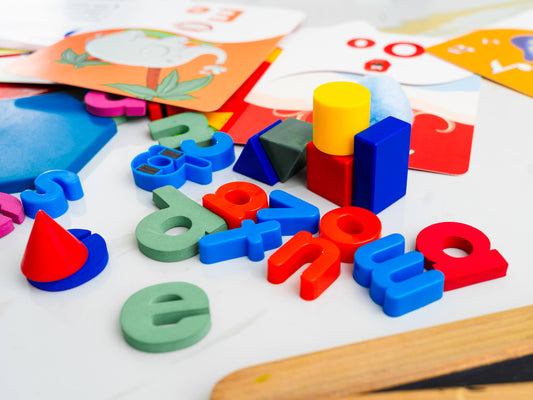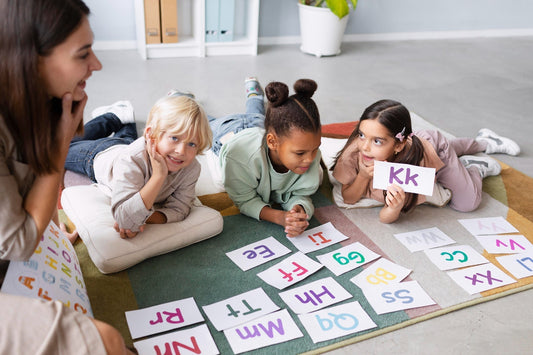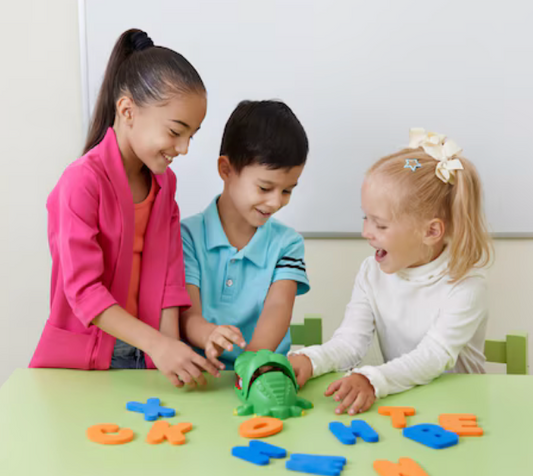Featured Blogs
How to Advocate for Your Child with Learning Di...
Ensuring your child receives the support and accommodations they need in school can feel overwhelming, but strong parental advocacy makes a huge difference.
How to Advocate for Your Child with Learning Di...
Ensuring your child receives the support and accommodations they need in school can feel overwhelming, but strong parental advocacy makes a huge difference.

Breaking Down the Reading Process: What Parents...
Reading is a complex skill that requires children to develop phonemic awareness, phonics, fluency, vocabulary, and comprehension—all working together. For some children, especially those with dyslexia, ADHD, or speech delays,...
Breaking Down the Reading Process: What Parents...
Reading is a complex skill that requires children to develop phonemic awareness, phonics, fluency, vocabulary, and comprehension—all working together. For some children, especially those with dyslexia, ADHD, or speech delays,...

Growth Mindset vs. Fixed Mindset: Teaching Kids...
Helping children develop a growth mindset can make a huge difference in how they approach challenges, mistakes, and learning. Kids with a growth mindset believe they can improve with effort,...
Growth Mindset vs. Fixed Mindset: Teaching Kids...
Helping children develop a growth mindset can make a huge difference in how they approach challenges, mistakes, and learning. Kids with a growth mindset believe they can improve with effort,...

The Best Multi-Sensory Reading Strategies for Kids
Children with dyslexia benefit from multi-sensory reading strategies that engage sight, sound, touch, and movement. This post shares hands-on techniques to build confidence and fluency.
The Best Multi-Sensory Reading Strategies for Kids
Children with dyslexia benefit from multi-sensory reading strategies that engage sight, sound, touch, and movement. This post shares hands-on techniques to build confidence and fluency.

How to Make Learning Letters Fun for Kids with ...
Children with dyslexia, ADHD, and autism learn best through multi-sensory experiences rather than memorization. This article explores fun, hands-on ways to teach letters using movement, touch, sight, and sound.
How to Make Learning Letters Fun for Kids with ...
Children with dyslexia, ADHD, and autism learn best through multi-sensory experiences rather than memorization. This article explores fun, hands-on ways to teach letters using movement, touch, sight, and sound.

Why Routines Matter: Helping Children with Lear...
Children thrive on predictability and routine, but for kids with learning differences, ADHD, autism, or sensory processing challenges, structure is essential. A well-established routine reduces anxiety, improves focus, and strengthens...
Why Routines Matter: Helping Children with Lear...
Children thrive on predictability and routine, but for kids with learning differences, ADHD, autism, or sensory processing challenges, structure is essential. A well-established routine reduces anxiety, improves focus, and strengthens...
